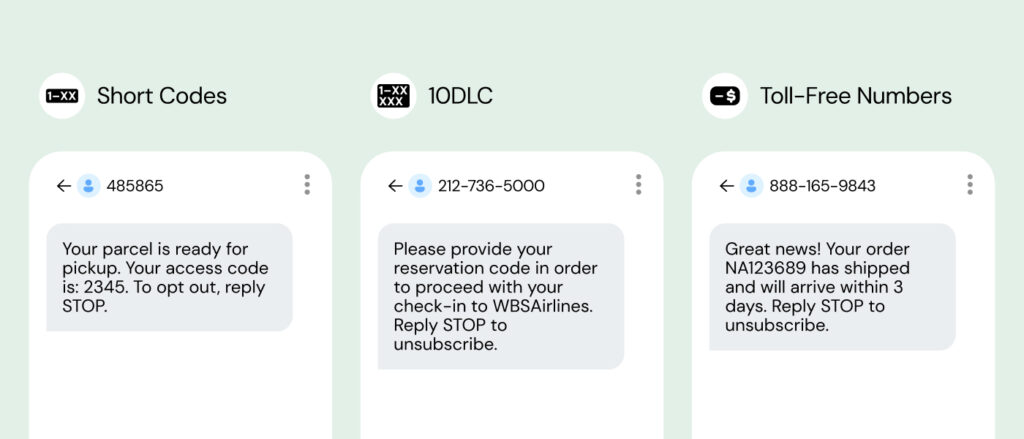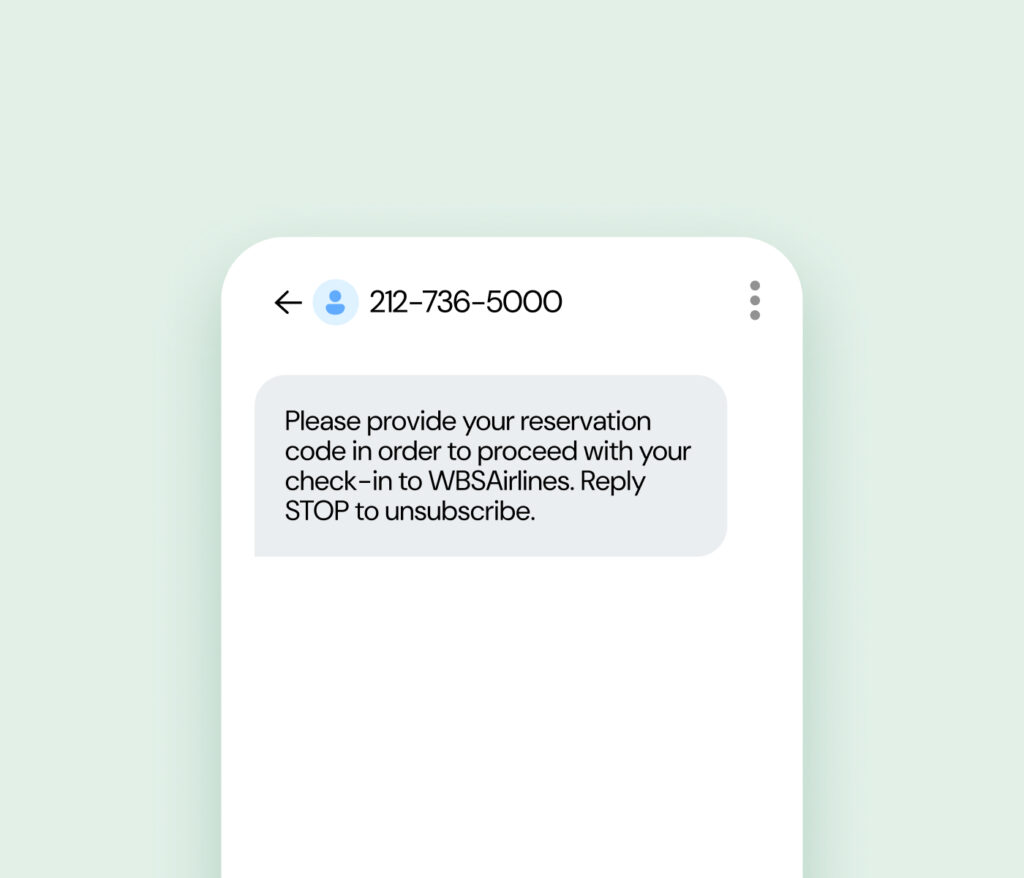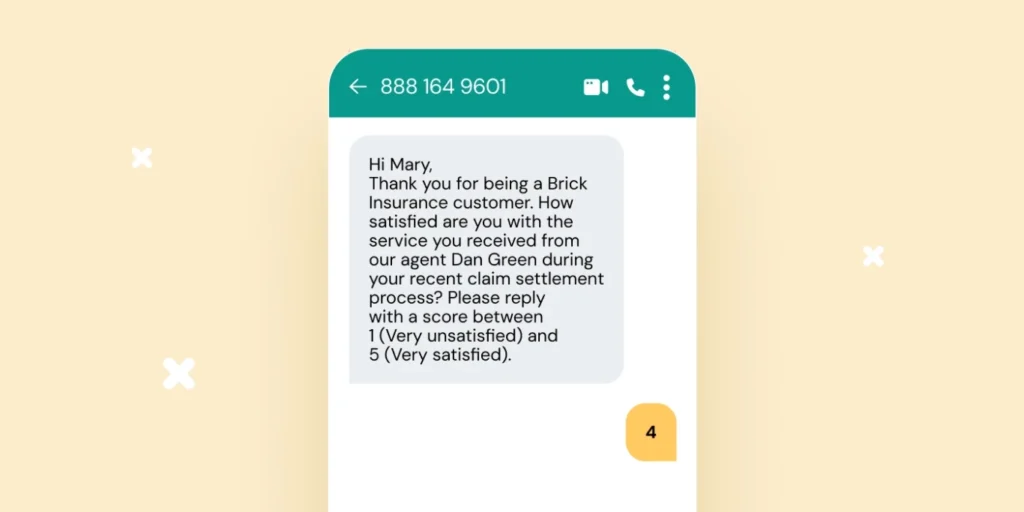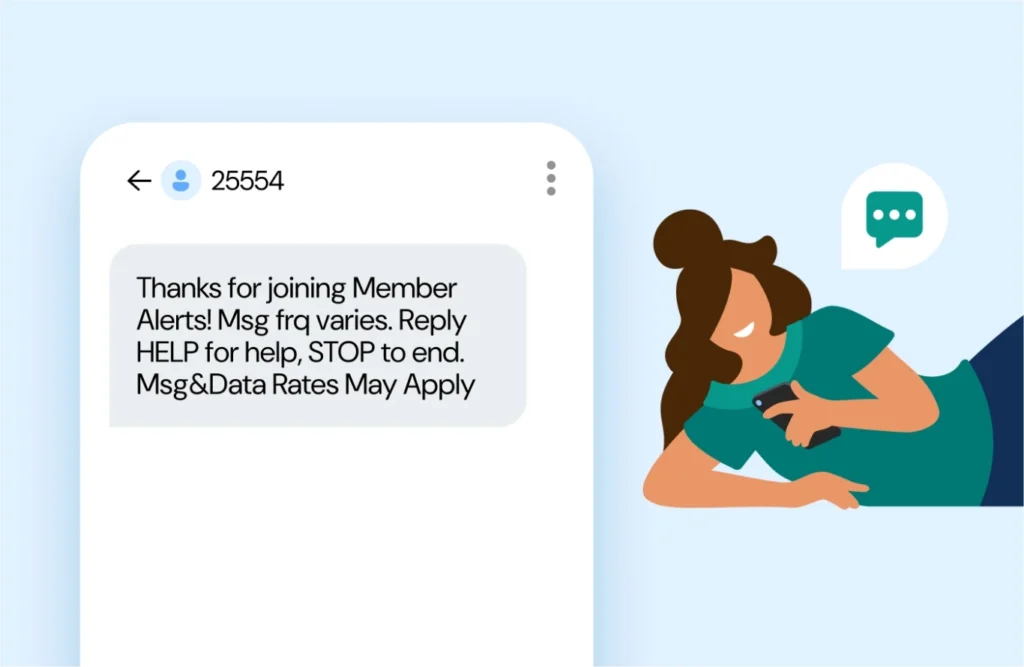Products
10DLC vs toll-free vs short code: Choose the right number type

Products

Navigating the realm of text messaging in the U.S. and Canada can feel a bit like tackling a maze – especially when it comes to choosing the right phone number type to text your customer base with. Are you debating between using 10DLC, toll-free, or short codes to text your customers? You’re not alone.
Understanding the nuances between these options is crucial to running a successful SMS campaign. Let’s start with a short overview of 10DLC and toll-free numbers, as well as 10DLC vs short codes, to help you make the best choice for your business.
So, you want to text your North American customers – but you’re not sure how to do it?
Here’s a quick run-through of your options: 10DLC (10-digit long code) is a specialized local long code number that allows businesses to send text messages from 10-digit phone numbers. Toll-free numbers can be text-enabled so you can communicate with customers via SMS and MMS. And short codes are five- to six-digit numbers that are best suited for high-volume messaging within short periods of time.
Watch the video to learn the key differences between 10DLC, short codes, and toll-free numbers.
There are also long numbers, but these are for P2P messaging only (and are going out of style – we go into this down below).
Here’s a closer look at each type of phone number option, followed by some tips on choosing the best fit for your business. Take a look at the image below – can you spot what sets them apart, at least from a recipient’s perspective?

A 10-digit long code (10DLC) is a specialized phone number type that U.S. mobile operators have given a green light for application-to-person (A2P) messaging. 10DLCs allow businesses to send text messages directly to their customers using a 10-digit (landline) phone number that mirrors the familiar format of personal phone numbers. They support voice services and MMS, but not delivery receipts, unlike short codes.

A2P 10DLC is a great choice for businesses that need to send alerts, reminders, one-time passwords (OTPs), or promotional content. It’s especially beneficial if you depend on notifications to keep your audience in the loop.
Toll-free numbers are numbers with distinct three-digit prefixes (800, 833, 844, 855, 866, 877, 888) that can be dialed from landlines with no charge to the caller. These numbers are available in the U.S. and Canada and have been sanctioned as a business messaging channel for several years.
You can enable any toll-free numbers to send and receive toll-free texts and use this number for all types of A2P messaging, including SMS marketing (remember, though, that it’s important that users have opted-in to receive marketing content!). They’re also great for transactional messages like appointment reminders and OTPs, and verification messages. They support voice, MMS, and delivery receipts.

“A toll-free number is also a 10-digit long code, but it’s a specific type that starts with an 8XX area code. Those prefixes are specifically called “toll-free.” They came about for voice to enable long-distance voice calling without having to page a long-distance fee.
A business can take that number, add messaging to it, and then their customers can contact them via text as well. It gives customers another avenue to contact a business and get the help and support they need.”
-Meredith Wiegman, Commercial Product Manager
Short codes, which are typically five to six (or eight) digit numbers, can be used for A2P messaging in the U.S. and Canada. The numbers are both carrier- and country-specific. They support SMS, MMS, and delivery receipts, but not voice.

Because they’re easy to remember, short codes are primarily used for widespread SMS marketing campaigns and alerts. They handle a high volume of messages per second, making them great for large-scale, one-way communications that you want to be delivered immediately.
“Short code is the gold standard; it’s been around the longest. If you want to [send] millions of messages in minutes, short code is the way to go.”
– David Schwind, Sr. Commercial Product Manager, Sinch
Long numbers are for P2P messaging only. You can’t use them for marketing or A2P messaging in the U.S. And they’re going out of style! In fact, U.S. carriers have mandated that all businesses using long numbers switch to a sanctioned business messaging channel (short code, 10DLC, or toll-free) or face fees, fines, and heavy filtering or blocking.
When it comes to picking the perfect SMS number type for your business, it’s not a one-size-fits-all situation. Your choice depends on what your business needs and how quickly you want to start messaging.
Let’s figure out what works best for you! Here are some questions to ask yourself as you get started.
First, consider your business goals and what you want to convey to your audience – is it about building brand recognition, or showcasing a local presence? Based on this, you can choose the right type of number to connect with your audience effectively.
Short and snappy, short codes are easy to remember and generate high levels of engagement with customers nationwide. If you’re hoping to gain brand recognition and are expecting high volumes of customer interactions as a result of your SMS and MMS messages, then short codes are the way to go!
Toll-free numbers can help maximize your reach, since you can use one number for both the U.S. and Canada. Besides, most customers already use toll-free numbers to call companies today, so use these trusted numbers to engage in 2-way conversations with them via SMS, or MMS too!
But if a local presence is important to you, consider 10DLC. With these area-code specific numbers, you can start 2-way conversations and send powerful messages, including images or video with MMS, to get campaigns noticed. With 10DLC, you also avoid getting caught up in spam filters with carrier campaign registration. All important things when it comes to trusted messaging!
If you need one number for your business that supports calls and text, then both toll-free and 10DLC numbers are great choices.
Does your message program require “free to end user” (FTEU) messages? Short codes are the only channel that support this special use case.
If you need to be absolutely sure that a message reaches the end user, choose short code or toll-free – both support handset delivery receipts.
When it comes to sending hundreds of messages per second (mps), short code is the best option. You can reach 500 mps or more with a short code.
The standard throughput on a toll-free number depends on account and supplier configuration, but these numbers can allow for fast message delivery (at speeds comparable to short codes) depending on the use case. 10DLC speeds also vary with the type of business and messaging use case and can reach speeds up to 75 mps – or more (special carrier approval is required).
In a hurry? 10DLC and toll-free numbers take only a few days to set up. If you have a straightforward use case, you can register and activate a 10DLC number in a matter of days, if not the same day. Keep in mind, though, that if you have specific throughput needs, a 10DLC may take 5 to 8 weeks for approval. Likewise, toll-free numbers take only a few days to register and activate. So, if it’s speed-to-market you’re after, then look at 10DLC or toll-free numbers.
Short codes go through a rigorous approval process, which means they’re some of the most trusted numbers around. Because of their lengthier review process with U.S. carriers, it can take 5 to 8 weeks before you can begin sending messages from a short code. Once approved, short codes are a reliable and fast messaging channel for your business.
Here’s a quick chart that compares the different functionality of different types of phone numbers you can use for two-way SMS or MMS messaging for the U.S. or Canada when you send messages through Sinch.
| 10DLC | Short code | Toll-free number | Traditional long number | |
| Digit length | 10 digits | 5-6 digits | 10 digits – 8XX prefix | 10 digits |
| Messaging model | A2P | A2P | A2P | P2P |
| Voice enabled | Yes | No | Yes | Yes |
| Requires brand vetting | Recommended | No | No | No |
| Requires campaign approval | Yes, via TCR (The Campaign Registry) | Yes | Yes | No |
| Provisioning | Standard: 7-10 business days SBC: 3-4 weeks | 5-8 weeks | 1-5 business days | 1-3 business days |
| Throughput | Up to 75 msg/sec with MNO approval | 500 msg/sec | 10 msg/sec* | 1 msg/sec |
| Delivery receipts (DLRs) | T-Mobile only; SMSC DLRs in rest of NANP** | Yes | Yes, U.S. and Canada (Tier 1 Carriers) | No |
| MMS | Yes, U.S. and Canada | Yes, U.S. only | Yes, U.S. and Canada | Yes, U.S. and Canada |
| Two-way/Keywords required | Opt-in/out and HELP | Opt-in/out and HELP | STOP, UNSTOP/START – Network managed | No |
| FTEU | Not supported | Available | Not supported | Not supported |
| Vanity numbers | Yes | Yes | Yes | Yes |
| Reach | U.S., Canada, Puerto Rico | Country-specific | NANP** | NANP** |
* Standard throughput is 10 msg/sec. Higher throughput is available, depending on the use case, at speeds comparable to short codes. Contact us to get more information.
** NANP: North American Numbering Plan countries: U.S., Canada, U.S. territories, and the Caribbean.
Choosing a phone number type for sending and receiving texts is a big step towards connecting with your customers. But before you dive into using SMS for business communication, there are a few things you should know.
First, check out how to choose the right SMS provider and evaluate their performance. Next, check out our U.S. SMS compliance guide for tips and rules to help keep your business on track. Then, make sure to learn the business benefits of sending texts via a dedicated text messaging platform like Sinch Engage.
Or, if you’re looking for an even more flexible solution, check out the Sinch SMS API and contact us to schedule a time to chat with an expert.